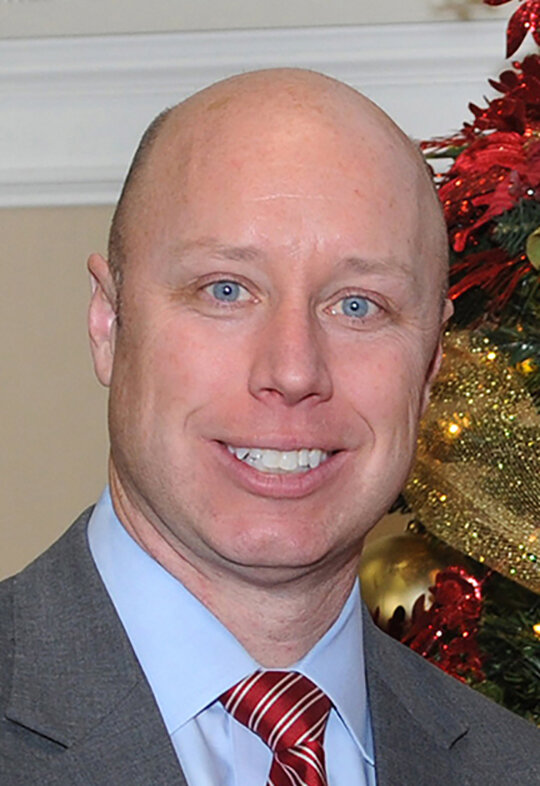Council moves closer to tree buffer ordinance
Includes penalties, remediation for improper forest removal
GEORGETOWN — While the whereases and the wherebys are still being worked out — the exact letter of the law — the ordinance governing perimeter buffer zones between every major …

You must be a member to read this story.
Join our family of readers for as little as $5 per month and support local, unbiased journalism.
Already a member? Log in to continue. Otherwise, follow the link below to join.
Please log in to continue |
Council moves closer to tree buffer ordinance
Includes penalties, remediation for improper forest removal
GEORGETOWN — While the whereases and the wherebys are still being worked out — the exact letter of the law — the ordinance governing perimeter buffer zones between every major subdivision or residential planned community in Sussex has begun to take shape.
The county council did not prevent staff from continuing to develop the ordinance before returning it to the board later this year, rather than taking direct action itself on Tuesday. The exact schedule for the return is unknown as staff is also developing marijuana and accessory dwelling unit rules, among others, although this ordinance is considered the council’s top priority, Todd Lawson, county administrator, said.
“The idea is the perimeter buffer is going to be a standard 30’ and then a 20’ area of protection up against that when woodlands exist,” Mr. Lawson said. “I’m certain there’s going to be calls for areas of greater protection; we are going to leave that decision,” to council, Mr. Lawson explained.
The public will also have the opportunity to comment on the proposed rules as the process continues. Specific details, like the final size of perimeter areas, how to use or incentivize the use of existing woodlands on a parcel, regulations plant species used within a buffer and the responsibility for the ongoing health and maintenance of buffer zones will be decided during the process.
To encourage the preservation of existing forested areas on parcels undergoing development, Mr. Lawson explained, the county would look back five years to determine the size of any existing woodlands along the perimeter.
Mr. Lawson said deforestation within a parcel is a “different conversation,” and would require a separate tree ordinance.
“If you clear the 30’ buffer of trees then you’re going to have to plant those trees back, and you’re going to have to plant double what you knocked down,” Mr. Lawson proposed. “Find acreage somewhere on that property to plant trees or keep trees.”
Under the current proposal, a developer could mitigate tree loss on one parcel by preserving trees on another. Also, lots without existing buffer areas would have to plant them. Developers, under the current proposal, would maintain responsibility for those buffers for two years, before being handed off to a homeowner’s association for maintenance in perpetuity.
An ongoing concern, and one highlighted by Douglas Hudson, district four representative, was penalties for infractions.
“Mistakes happen, on purpose or not, and perimeter buffers are affected by mistakes,” Mr. Lawson said. “The penalties may be applied to a person, landowner, HOA or developer, it’s not always the developer that does bad deeds, there are HOAs that have affected their perimeter buffers and perhaps not put the back to where they were initially approved.”
The major penalty under consideration right now, which Mr. Lawson described as “the hammer,” would be the suspension of all building and zoning permits as well as inspections until tree mitigation has been completed and approved by county planning and zoning commission. A monetary fine based on the rates established in the resource buffer ordinance was also discussed.
“Everything halts until this is fixed,” Mr. Lawson said of offending properties looking to continue to build.
Staff writer Brian Gilliland can be reached at 410-603-3737 or bg@iniusa.org.


 By
By 



